Get Natural Facelift Results in South Korea (2025)
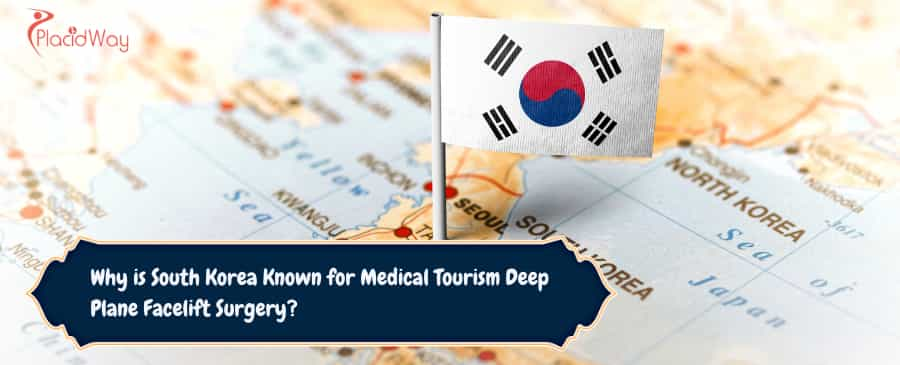
When it comes to the art and science of aesthetic surgery, South Korea has firmly established itself as a global powerhouse. While known for a variety of procedures, it has gained particular acclaim as the premier destination for one of the most sophisticated facial rejuvenation surgeries available today: the deep plane facelift. This advanced procedure goes beyond a simple skin tightening, offering a more comprehensive and natural-looking result that has attracted a massive influx of medical tourists from around the world. But what is it about this small nation that makes it the undisputed leader in such a complex field? The answer lies in a powerful synergy of surgical mastery, relentless innovation, and a patient-centric approach that redefines the medical tourism experience.
The global reputation of South Korean plastic surgery isn't just clever marketing; it's built on a foundation of immense experience and a cultural emphasis on aesthetic refinement. Surgeons in South Korea perform a higher volume of cosmetic procedures per capita than anywhere else in the world, leading to an unparalleled level of expertise. For the deep plane facelift, a technique that requires an intricate understanding of facial anatomy, this high level of specialization is crucial. Patients are not just paying for a procedure; they are investing in the refined skill of a surgeon who has dedicated their career to perfecting this specific art form. This, combined with state-of-the-art medical technology and a commitment to creating results that are harmonious and subtle, not "overdone," makes South Korea the go-to destination for those seeking the gold standard in facial rejuvenation. In this guide, we'll explore every facet of why South Korea is the global leader for this transformative surgery.
What Exactly is a Deep Plane Facelift?
To understand why South Korea excels, it's important to first grasp the complexity of the procedure itself. A traditional facelift often involves separating the skin from the underlying muscle and pulling the skin tight. This can sometimes result in a "windswept" or unnatural appearance. The deep plane facelift is fundamentally different. Surgeons work on a deeper anatomical level, accessing the plane beneath the SMAS layer—the strong, fibrous tissue layer that encases the facial muscles.
By releasing key facial ligaments in this deep plane, the surgeon can lift and reposition the entire facial structure—skin, fat, and muscle—as one composite unit. This technique addresses the root causes of facial aging, such as sagging cheeks, deep nasolabial folds, and jowling, in a way that is more holistic. The result is not just a tighter surface but a genuine repositioning of tissues to a more youthful state. Because the tension is placed on the deep, strong SMAS layer instead of the skin itself, the final appearance is remarkably natural and the results are known to be far more durable than those of traditional facelifts.
Why are South Korean Surgeons Masters of this Technique?
The sheer volume of cosmetic surgery performed in South Korea creates an environment of hyper-specialization. A surgeon in Seoul might perform more facelifts in a single year than a general plastic surgeon in another country performs in a decade. This constant practice hones their skills to an exceptional level. They develop an intuitive understanding of the subtle variations in facial anatomy, allowing them to customize the deep plane facelift for each individual patient with incredible precision.
Furthermore, the Korean medical training system is notoriously rigorous. Surgeons undergo years of demanding education and fellowship programs, often with a specific focus on facial aesthetics. This dedication to a specific craft, combined with the high patient volume, leads to:
- Enhanced Safety: Repetition and experience drastically reduce the risk of complications, such as nerve damage.
- Superior Results: Surgeons learn to finesse the procedure to create results that are not just technically correct but aesthetically beautiful and harmonious with the patient's overall features.
- Technical Innovation: High-volume centers are often the first to develop and perfect new surgical approaches and instruments that improve outcomes and reduce recovery time.
What Technological Innovations Does South Korea Offer?
Top clinics in Gangnam, Seoul's aesthetic surgery hub, are equipped with the latest medical technology that often surpasses standards in Western countries. For the deep plane facelift, this translates into better planning, safer surgery, and more refined results. One of the key innovations is the meticulous approach to incisions. Surgeons have developed techniques that hide scars perfectly within the natural contours of the ear and hairline. For example, some clinics utilize a 45-degree diagonal incision technique in the hairline that preserves hair follicles, preventing hair loss around the scar and making it invisible once healed.
Another area of innovation is in pre-operative planning. Clinics use high-resolution 3D CT scans and AI-powered simulation software to analyze a patient's facial structure in minute detail. This allows the surgeon to map out the procedure with extreme accuracy before ever making an incision, predicting the final outcome and identifying any potential challenges. This commitment to leveraging technology ensures that every procedure is tailored to the patient's unique anatomy, maximizing the quality of the final result.
How Much Does a Deep Plane Facelift Cost in South Korea?
The cost-effectiveness of South Korean medical tourism is a major draw for international patients. While the deep plane facelift is a premium procedure, the price point in South Korea is significantly more accessible than in countries like the US, UK, or Australia. It's important to understand that this lower cost is not a reflection of lower quality.
The price difference is due to several economic factors:
- High Volume and Efficiency: Specialized clinics operate with high efficiency, which helps to lower overhead costs.
- Government Support: The South Korean government actively supports the medical tourism industry, helping to create a competitive market.
- Lower Operational Costs: The general costs of running a medical facility, including staffing and administrative expenses, are lower than in many Western nations.
This allows patients to access a world-class surgeon and a state-of-the-art facility for a price that might only cover the facility fee in their home country.
| Country | Average Cost for Deep Plane Facelift (USD) |
|---|---|
| South Korea | $8,000 - $13,000 |
| United States | $20,000 - $40,000+ |
| United Kingdom | $18,000 - $35,000+ |
| Australia | $25,000 - $50,000+ |
What is the Patient Experience Like for Foreigners?
South Korean clinics that cater to international patients have perfected the medical tourism experience. They understand the anxieties of traveling for surgery and have systems in place to make the process as smooth as possible. From the moment you make an initial inquiry, you are typically assigned a personal coordinator who speaks your language and acts as your guide throughout the entire process.
The journey usually begins with a detailed online consultation, where you share photos and discuss your goals with the surgical team. Upon arrival in Seoul, the clinic often assists with airport transfers and accommodation suggestions. The in-person consultation is incredibly thorough, involving 3D imaging and an in-depth discussion with the surgeon to finalize the surgical plan. Post-operatively, the care is exceptional. Clinics provide a suite of services designed to speed up recovery, such as de-swelling treatments, light therapy, and regular check-ups. This level of attentive aftercare is a key reason for the high patient satisfaction rates among medical tourists.
How Long is the Recovery Period?
While the deep plane facelift is a more invasive procedure, the advanced techniques used by Korean surgeons often lead to a smoother recovery than one might expect. The meticulous "no-bleeding" surgical approaches minimize tissue trauma, which in turn reduces post-operative bruising and swelling. Patients are generally advised to stay in South Korea for at least 10 days to allow for stitch removal and initial follow-up appointments.
During the first week, rest is crucial, and you will need to sleep with your head elevated. By the second week, you will start to feel much more like yourself, and the visible signs of surgery will begin to fade significantly. The comprehensive post-operative care programs offered by the clinics play a vital role in accelerating this process. While it takes about six months for the tissues to heal completely and for the final, refined result to emerge, most patients are delighted with their appearance within just a few weeks of the surgery.
Ready to explore the gold standard in facial rejuvenation?
Your journey to a more youthful, natural-looking you begins with the world's leading experts. Contact PlacidWay to connect with elite, pre-screened plastic surgery clinics in South Korea and receive a personalized quote for your deep plane facelift today.


.png)







.png)
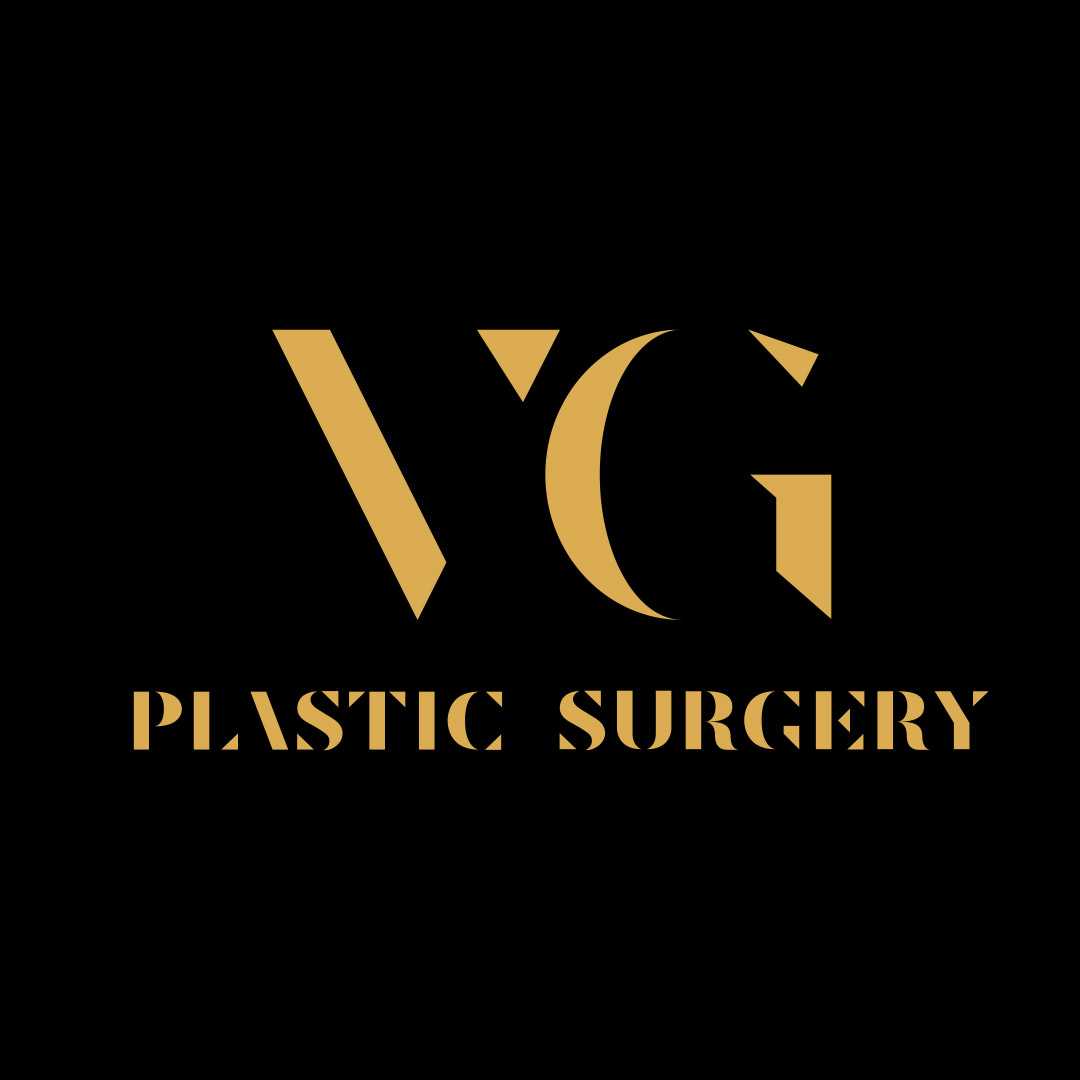
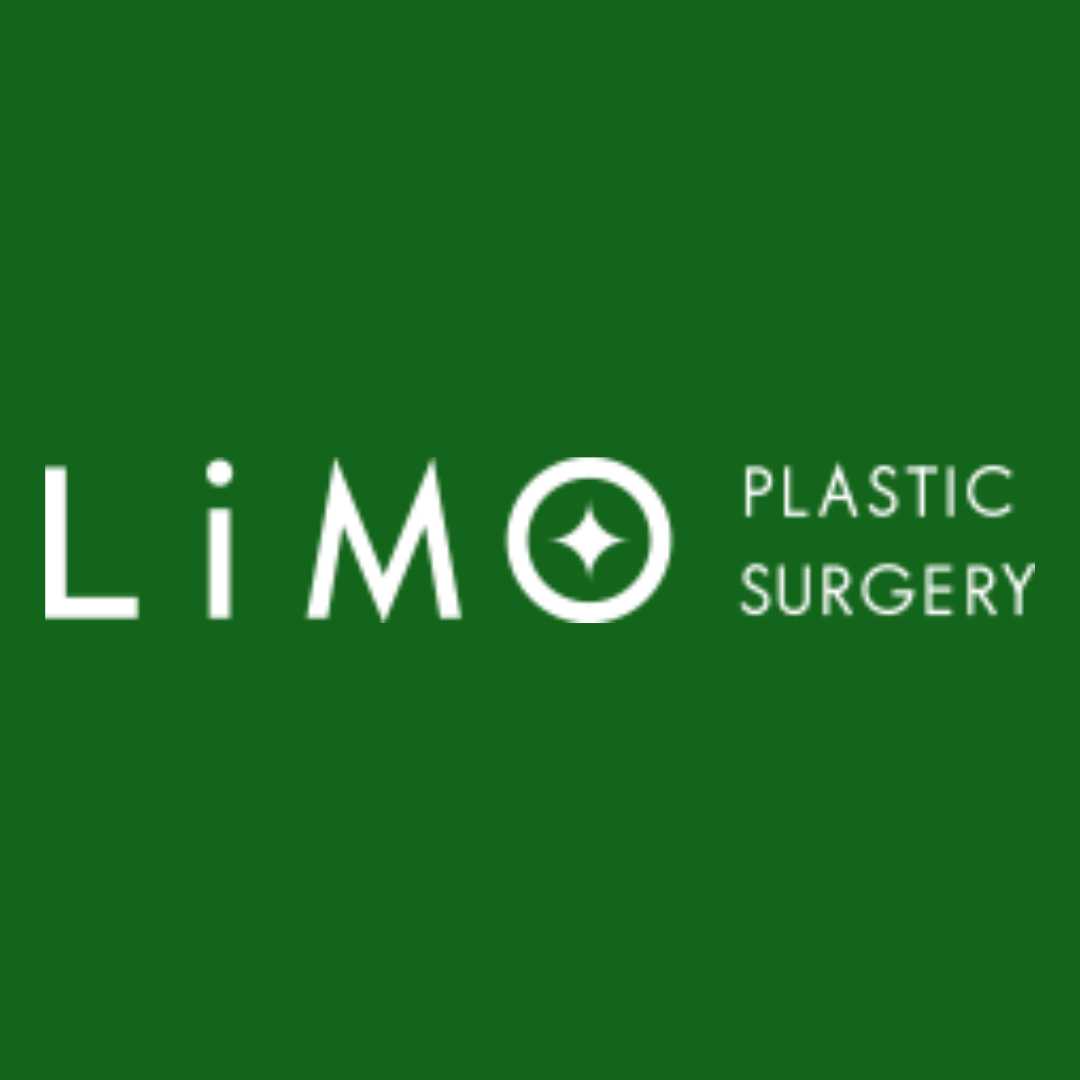
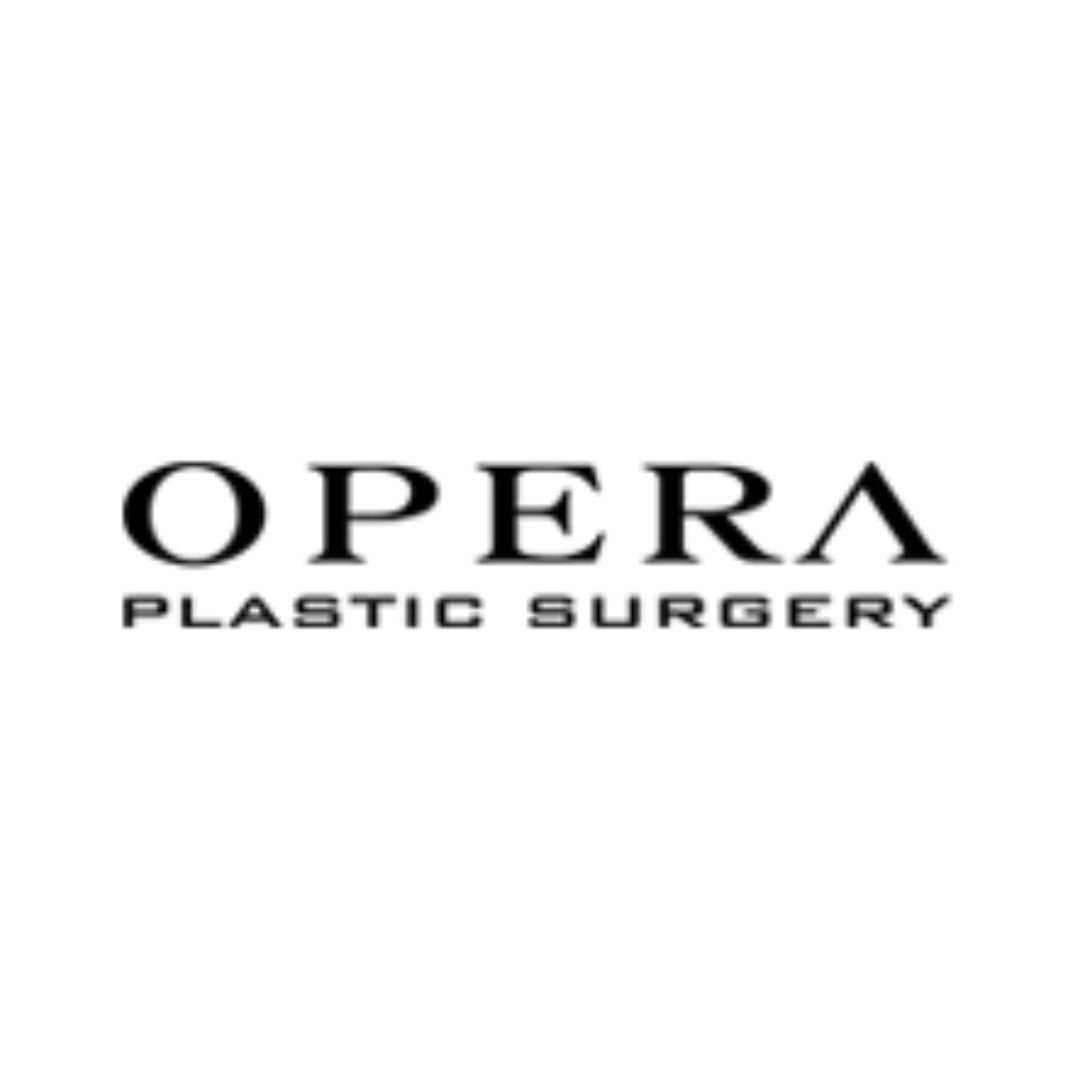
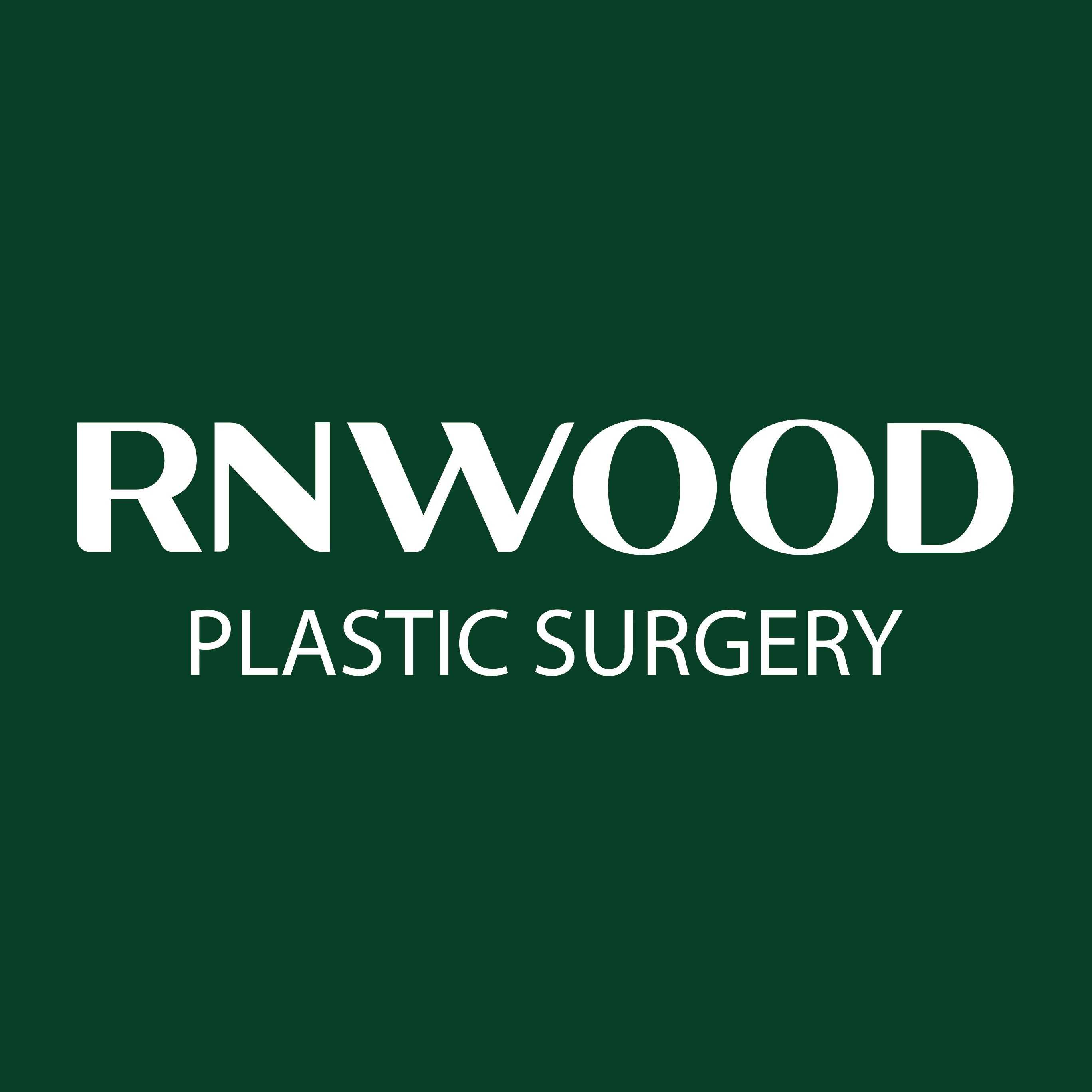


Share this listing